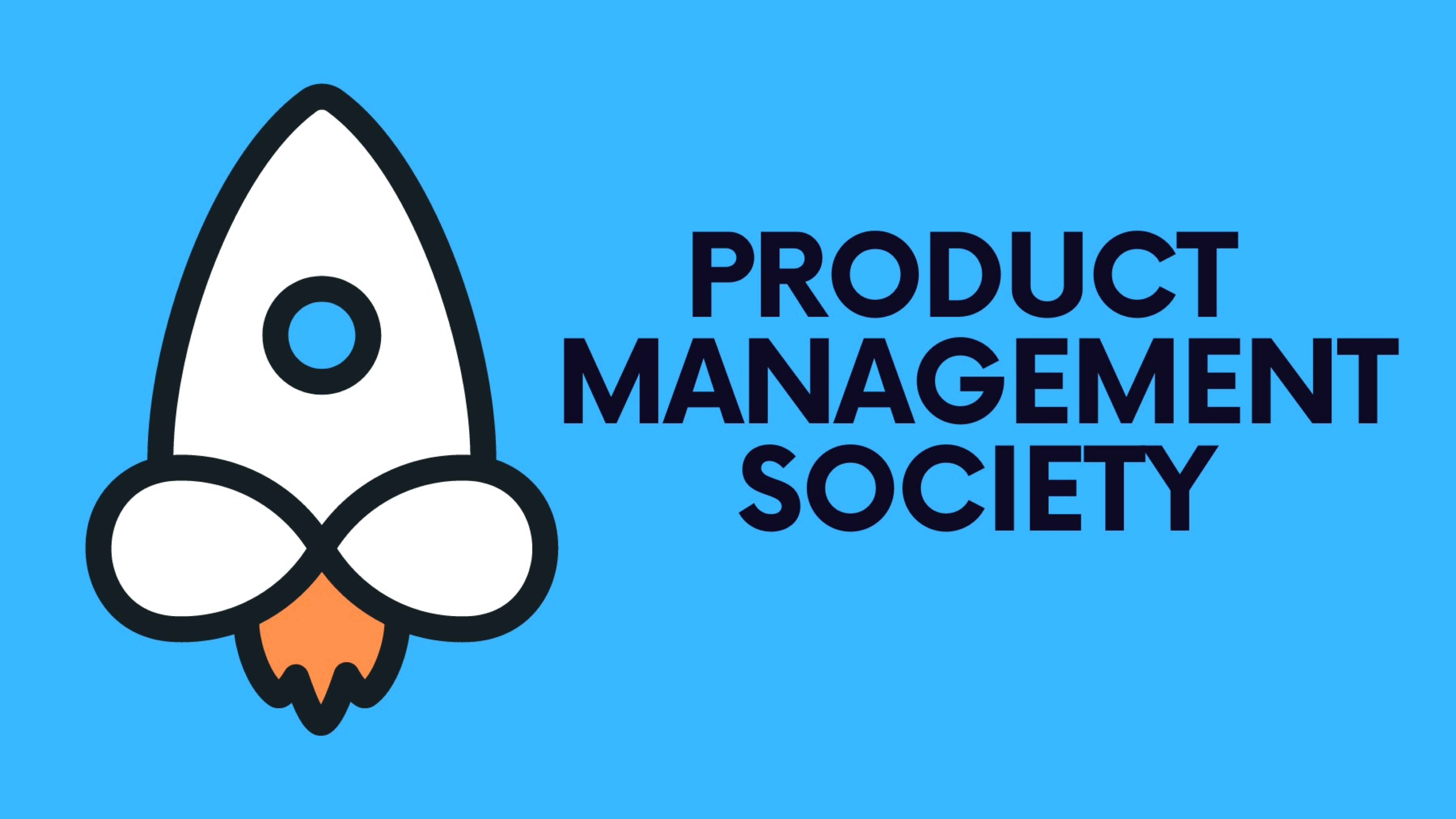In the realm of product development, clear and thorough documentation of product requirements is essential. Properly documented requirements serve as a roadmap for the development team, ensure alignment among stakeholders, and help prevent costly misunderstandings or project delays. This article provides a comprehensive step-by-step guide on how to document product requirements effectively, facilitating a smoother development process and increasing the likelihood of product success.
1. Understand the Purpose of Product Requirements Documents (PRDs)
Clarity and Alignment
- Communication Tool: Serves as a common language between stakeholders, developers, and designers.
- Project Scope Definition: Clearly outlines what is included and what is not, preventing scope creep.
Foundation for Development
- Guidance for Developers: Provides detailed specifications that the development team can follow.
- Benchmark for Testing: Establishes criteria against which the final product can be tested.
2. Gather and Analyze Requirements
Stakeholder Interviews
- Identify Stakeholders: Include customers, end-users, business leaders, and team members.
- Conduct Interviews and Surveys: Gather insights on needs, expectations, and pain points.
Market Research
- Competitive Analysis: Understand what similar products offer and identify gaps.
- Industry Trends: Keep abreast of the latest trends that may influence product features.
User Personas and Use Cases
- Create User Personas: Develop profiles of typical users to understand their needs.
- Develop Use Cases: Outline scenarios of how users will interact with the product.
3. Define Clear and Measurable Requirements
Use SMART Criteria
- Specific: Clearly define what needs to be achieved.
- Measurable: Quantify the requirement where possible.
- Achievable: Ensure the requirement is feasible.
- Relevant: Align with business objectives.
- Time-bound: Specify when it needs to be completed.
Prioritize Requirements
- Must-Haves vs. Nice-to-Haves: Categorize requirements based on priority.
- Use a Prioritization Framework: Methods like MoSCoW (Must, Should, Could, Won't) can be helpful.
4. Choose the Right Documentation Format
Templates and Tools
- Requirement Specification Document (RSD): Traditional document detailing all requirements.
- User Stories: Agile-friendly method focusing on user needs (e.g., "As a user, I want to... so that...").
- Use Case Diagrams: Visual representations of interactions.
- Software Requirements Specification (SRS): Detailed document including functional and non-functional requirements.
Collaborative Platforms
- Use Tools Like: Confluence, Jira, Trello, or Microsoft Teams to enable collaboration.
- Version Control: Ensure changes are tracked, and previous versions can be referenced.
5. Write the Requirements
Use Clear Language
- Avoid Ambiguity: Use precise terms and avoid jargon.
- Consistency: Use consistent terminology throughout the document.
Structure and Organization
- Logical Sections: Organize requirements into sections (e.g., Functional Requirements, Non-Functional Requirements, Constraints).
- Numbering and References: Use numbering systems for easy referencing.
Include Acceptance Criteria
- Define Success: Specify how each requirement will be validated.
- Testing Guidelines: Provide information on how to test that the requirement has been met.
6. Review and Validate Requirements
Peer Review
- Internal Team Review: Have team members review for clarity and completeness.
- Stakeholder Validation: Ensure stakeholders agree with and understand the documented requirements.
Resolve Conflicts
- Address Discrepancies: Identify and resolve any conflicting requirements.
- Update Documentation: Incorporate feedback and make necessary revisions.
7. Maintain and Update the Documentation
Living Document
- Regular Updates: Keep the document current as requirements evolve.
- Change Management Process: Establish a procedure for how changes are proposed, reviewed, and approved.
Version Control
- Document Versions: Keep track of different versions with dates and summaries of changes.
- Accessibility: Ensure the latest version is accessible to all relevant parties.
8. Communicate with the Development Team
Kick-off Meetings
- Present Requirements: Walk through the document with the development team.
- Clarify Doubts: Encourage questions and discussions to ensure understanding.
Ongoing Collaboration
- Stay Involved: Remain engaged throughout the development process.
- Provide Support: Be available to clarify requirements and address new insights.
Conclusion
Documenting product requirements is a foundational step that significantly impacts the success of a product development project. By following a structured approach—understanding the purpose, gathering and analyzing requirements, writing clear and measurable requirements, and maintaining open communication—you can create effective documentation that guides your team to deliver a product that meets or exceeds stakeholder expectations.
Further Resources
- Templates: Consider using standardized templates from reputable sources like IEEE or industry best practices.
- Training: Invest in training for team members on requirements gathering and documentation.
If you’re finding this blog valuable, consider sharing it with friends, or subscribing if you aren’t already. Also, consider coming to one of our Meetups and following us on LinkedIn ✨
Thanks for reading Product Management Society! Subscribe for free to receive new weekly posts 🚀







